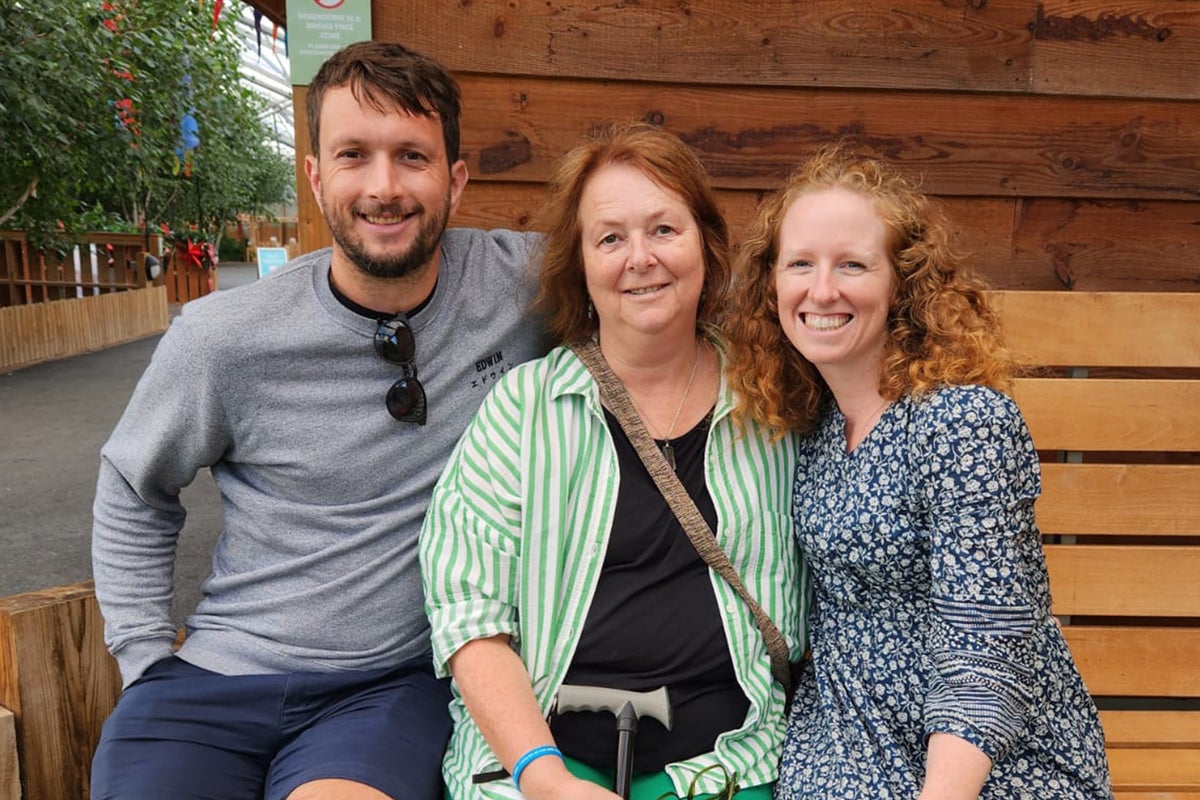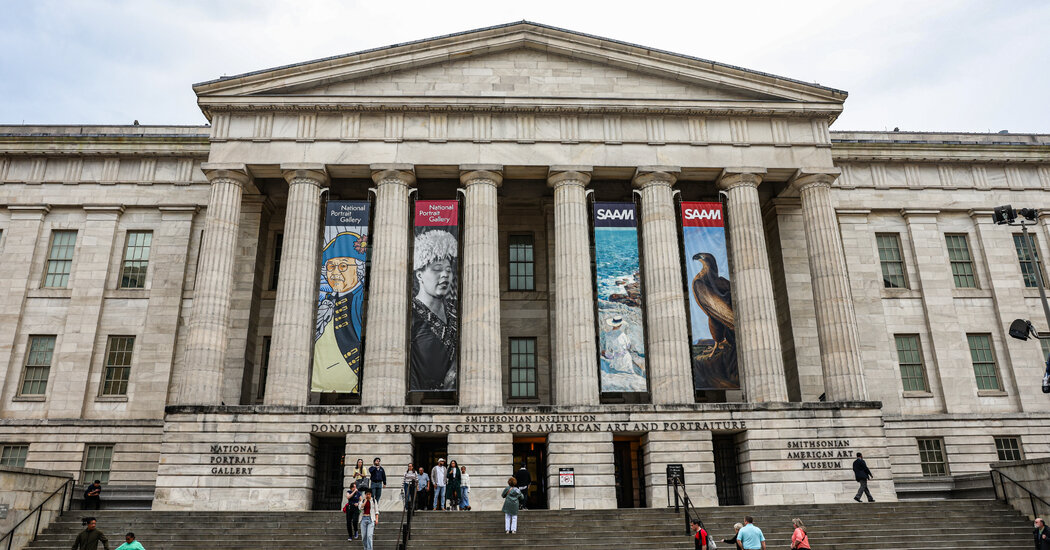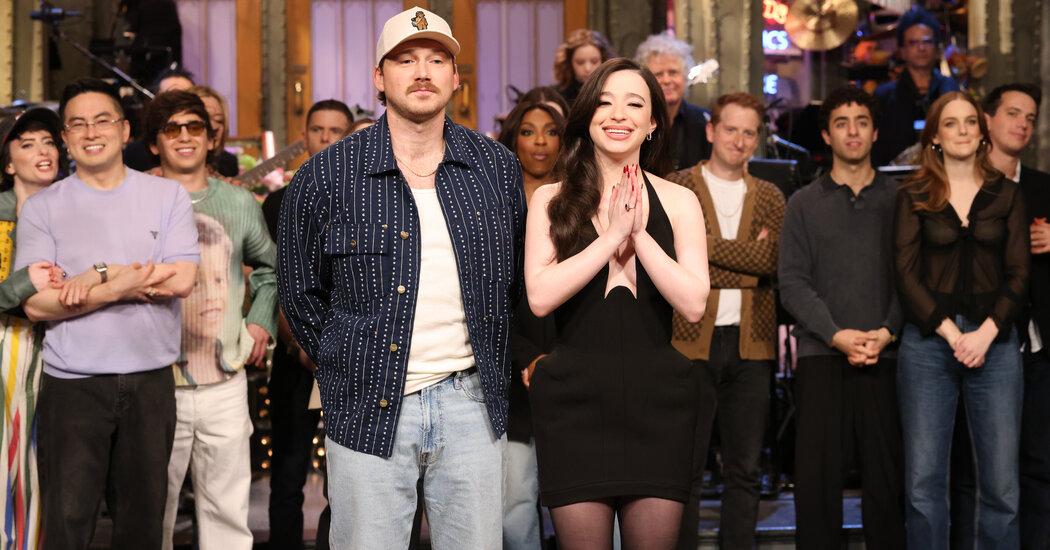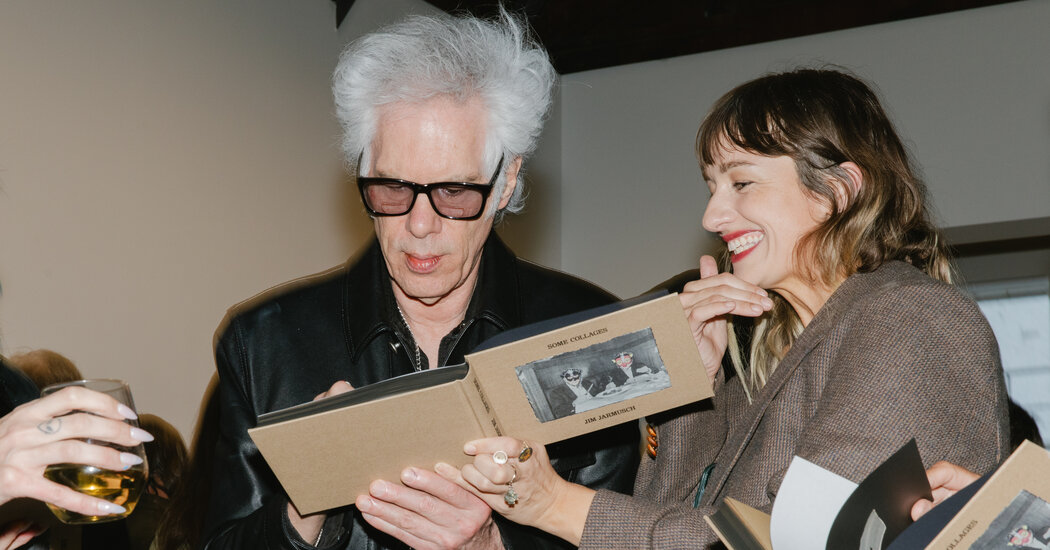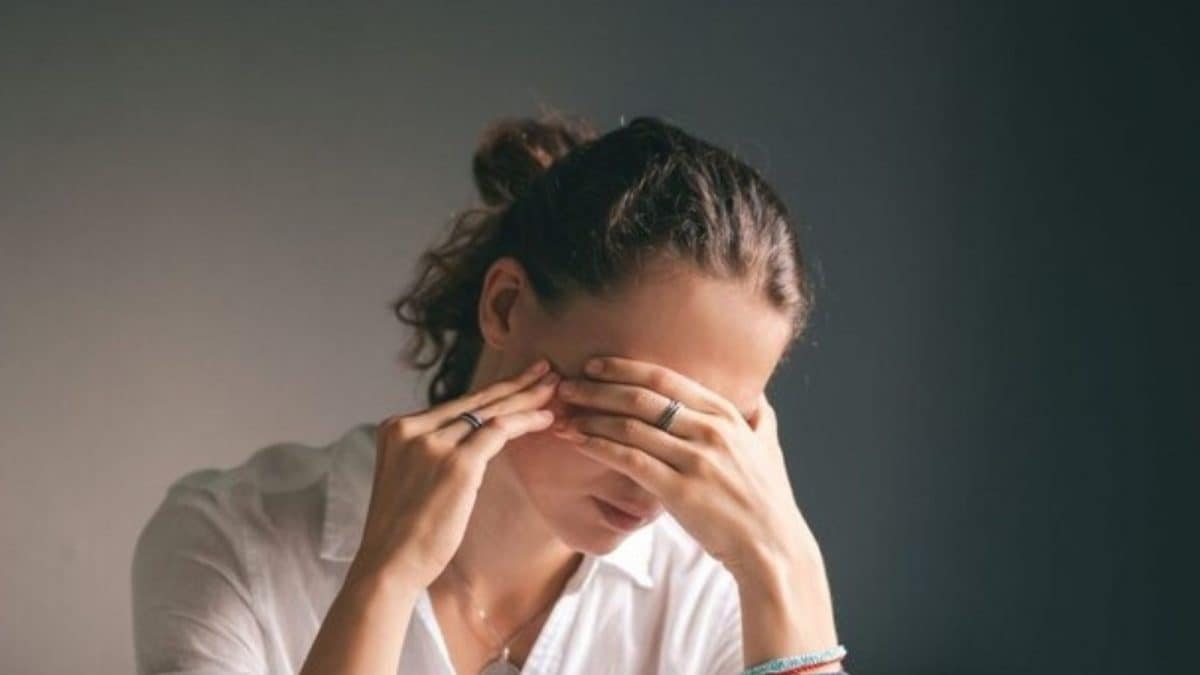
Double Depression And Other Types Of Depression: Understanding Symptoms And Treatment Options – News18
Last Updated:
Depression is often misused for brief sadness, but clinical depression is a serious condition requiring awareness and sensitivity.
Double depression happens when a person with Persistent Depressive Disorder also experiences a Major Depressive Episode alongside their ongoing symptoms.
The word ‘depression’ is often used loosely to describe temporary sadness or mood swings. However, clinical depression is a serious mental health condition that demands awareness and sensitivity. Depression comes in different forms, including a lesser-known condition called ‘double depression.’
Types of Depressive Disorders
The Diagnostic and Statistical Manual of Mental Disorders (DSM-5) identifies several types of depression, each with distinct symptoms and durations.
Major Depressive Disorder (MDD): A condition marked by persistent sadness, hopelessness, and a loss of interest in daily activities, lasting for at least two weeks.
Persistent Depressive Disorder (PDD): A long-term, milder form of depression that persists for at least two years.
Disruptive Mood Dysregulation Disorder (DMDD): Diagnosed in children, this disorder is characterized by intense and frequent temper outbursts that are disproportionate to their developmental stage.
Premenstrual Dysphoric Disorder (PMDD): A severe form of premenstrual syndrome (PMS) involving intense mood swings, irritability, and depression, which improve after menstruation begins.
What is Double Depression?
Double depression occurs when someone with Persistent Depressive Disorder (PDD) experiences a Major Depressive Episode (MDD) on top of their chronic symptoms. This means an individual already coping with long-term, low-level depression (dysthymia) suddenly experiences a more intense and debilitating episode. The combination of both conditions can make depression more challenging to manage.
Common Symptoms of Depression
The symptoms of depression vary depending on the type and severity, but generally include:
- Persistent feelings of sadness, hopelessness, or anxiety;
- Loss of interest or pleasure in previously enjoyable activities;
- Irritability, frustration, or mood swings;
- Changes in appetite, leading to weight loss or gain;
- Sleep disturbances, including insomnia (difficulty sleeping) or hypersomnia (excessive sleeping);
- Fatigue, low energy, and difficulty concentrating;
- Physical symptoms such as headaches, digestive problems, or sexual dysfunction;
- Thoughts of self-harm or suicide.
Do Different Types of Depression Require Different Treatments?
Although treatments for depression often share similar approaches, they can be tailored based on the specific condition.
1. Psychotherapy (Talk Therapy)
Cognitive Behavioral Therapy (CBT): Helps individuals recognize and change negative thought patterns.
Interpersonal Therapy (IPT): Focuses on improving communication and relationships.
Dialectical Behaviour Therapy (DBT): Useful for managing emotional distress and improving emotional regulation.
Long-term therapy: Often necessary for Persistent Depressive Disorder (PDD).
2. Medications
Selective Serotonin Reuptake Inhibitors (SSRIs) and Serotonin and Norepinephrine Reuptake Inhibitors (SNRIs) are commonly prescribed for MDD, PDD, and PMDD. Combination therapy may be required in double depression to address both chronic and acute symptoms.
3. Lifestyle Modifications
Prioritizing mental well-being involves regular physical activity to enhance mood, a balanced diet rich in brain-boosting nutrients, and sufficient sleep to regulate emotions. Incorporating stress-management techniques like meditation and mindfulness further promotes overall mental health.
4. Advanced Treatment Options
For severe or treatment-resistant depression, additional options include:
Electroconvulsive Therapy (ECT): Used in severe cases where other treatments have not been effective.
Transcranial Magnetic Stimulation (TMS): A non-invasive procedure that stimulates brain activity to improve mood.
5. Addressing Medication-Induced Depression
If depression is triggered by a medication, adjusting or discontinuing it (under medical supervision) may be necessary. If depression is linked to an underlying medical condition, treating the root cause is crucial.
At-Home Strategies to Improve Depression Symptoms
While professional treatment is often necessary, adopting healthy habits can help manage symptoms:
- Engage in regular physical activity.
- Maintain a consistent sleep schedule.
- Follow a balanced and nutritious diet.
- Limit alcohol consumption, as it can worsen depression.
- Stay connected with loved ones for emotional support.
- Location :
Delhi, India, India



